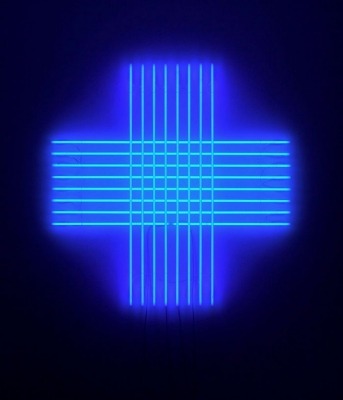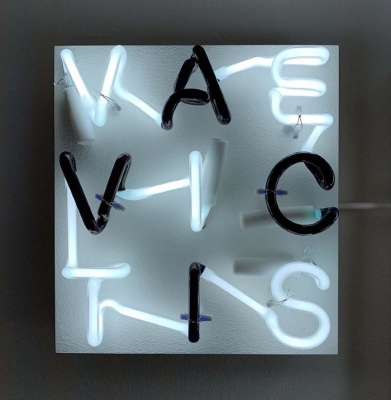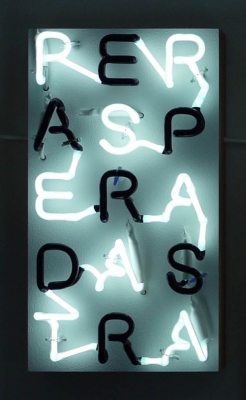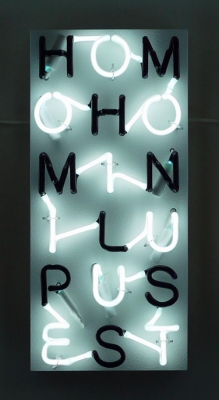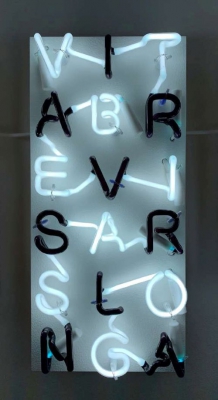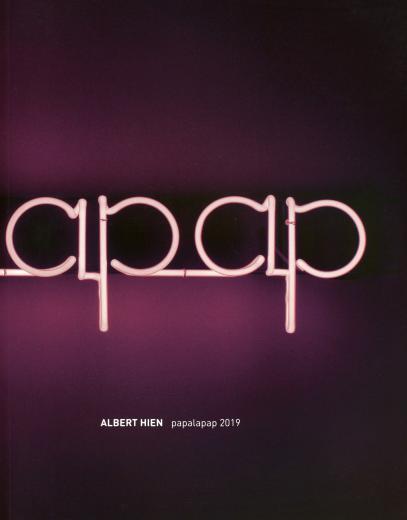Albert Hien (Munich - Germany, 1956). Lives and works between Munich and Hochstätt, Germany.
Albert Hien choses the medium of neon because of its evanescent character while prioritising the detachment of signs and letters from the surface and their recombination as sculpture. In fact, the specific materiality and construction technique of the neon systems, as well as the colour effects, remain a constant in Hien's artistic experimentation since 1989.
Albert Hien's beginnings as an artist date back to 1982, when he won a DAAD scholarship, Rome, and was invited to participate in documenta 7, Kassel. A rapid career followed, with large-scale exhibitions and installations in numerous institutional venues like the Museum Abteiberg in Mönchengladbach, under the aegis of Johannes Cladders, the Folkwang Museum in Essen, 1984, and the National Gallery in Berlin, 1985. In the same year, he was invited by the curator of the German pavilion, Armin Zweite, to represent his country at the São Paulo International Art Biennial. In 1986 he held the exhibition Transatlantik at the Kunsthalle Köln, which was repeated in 1991 at the Städtische Galerie im Lenbachhaus in Munich. In 2001 he started to teach at the Academy of Fine Arts in Munich.
